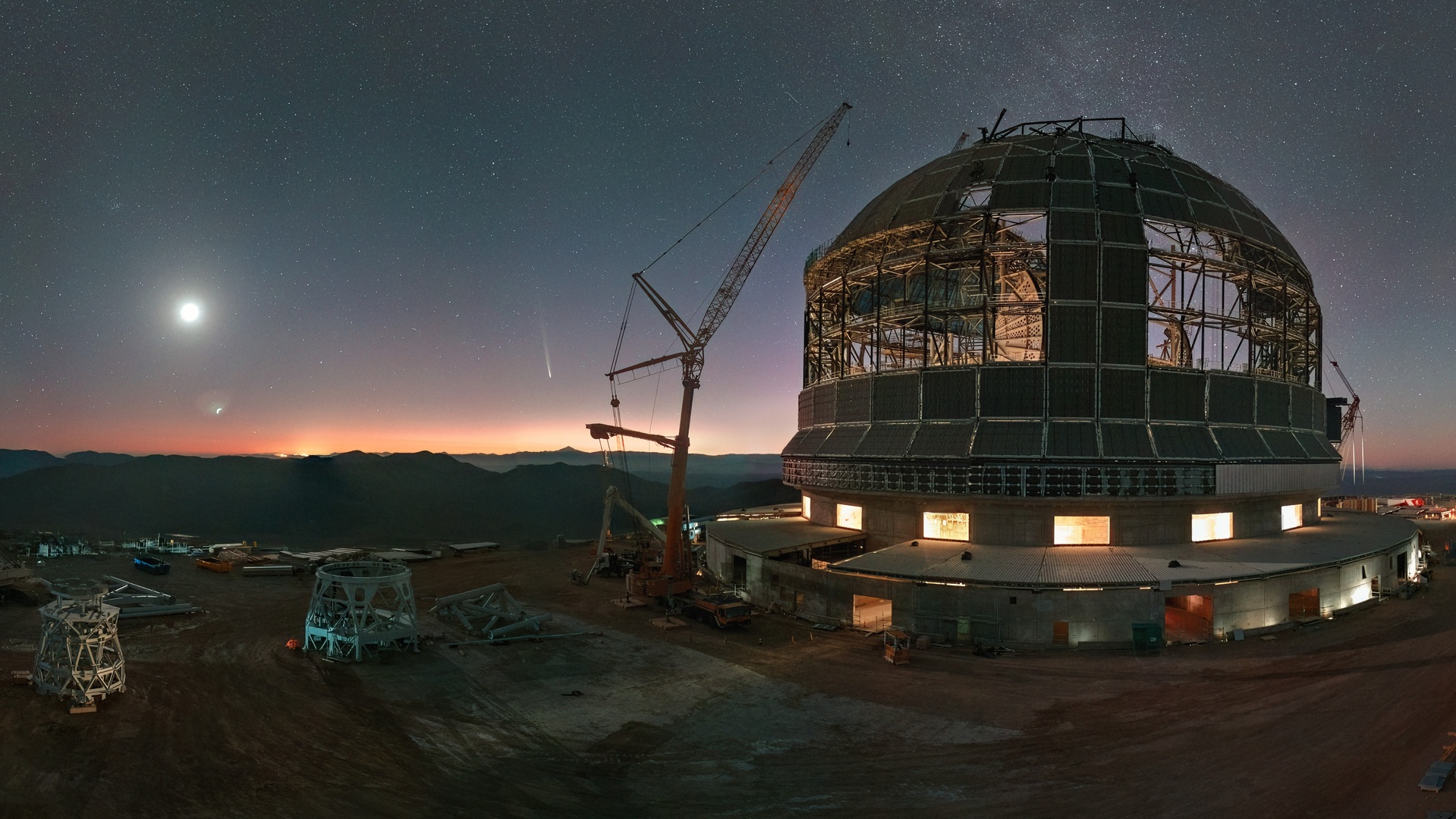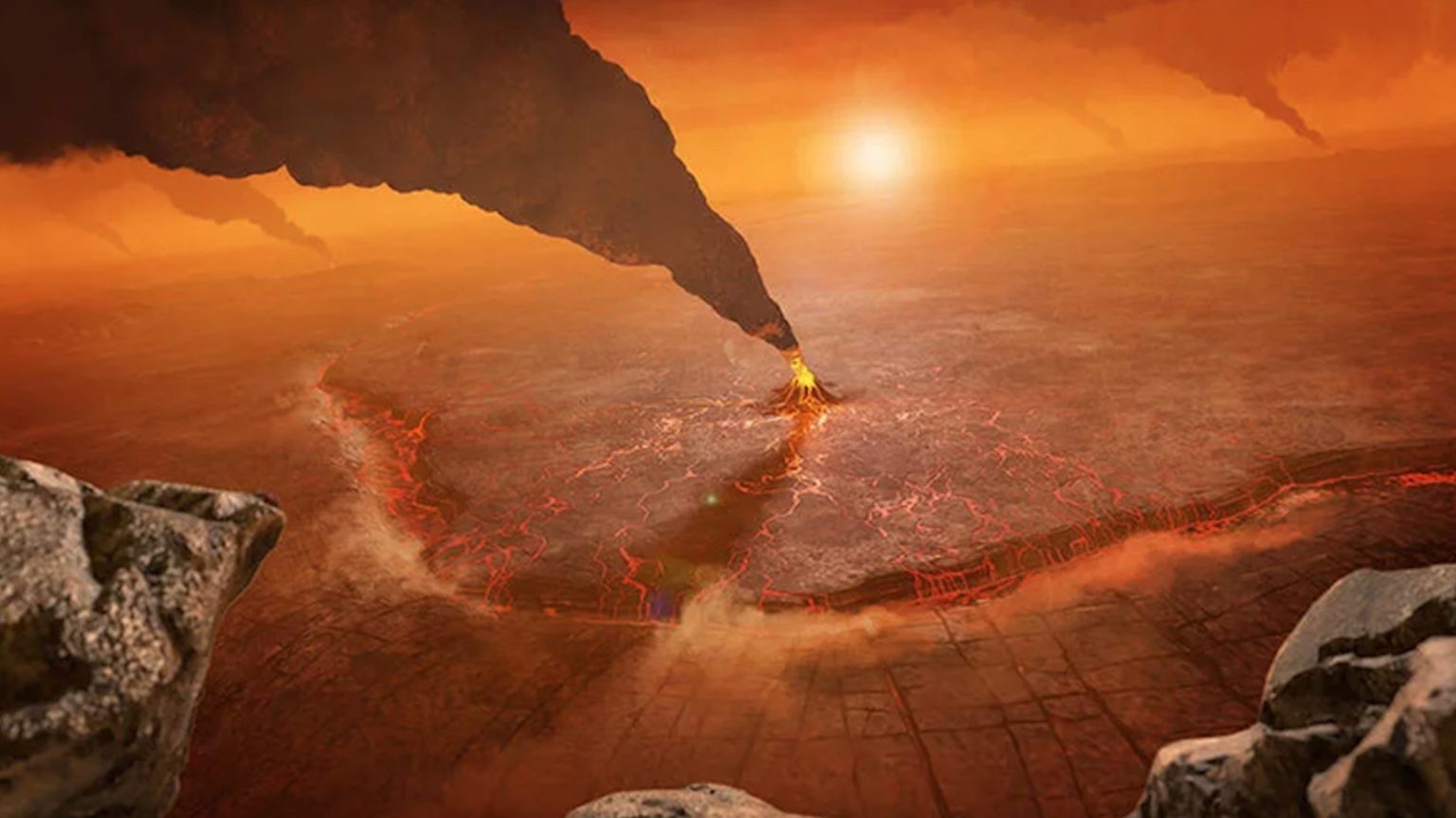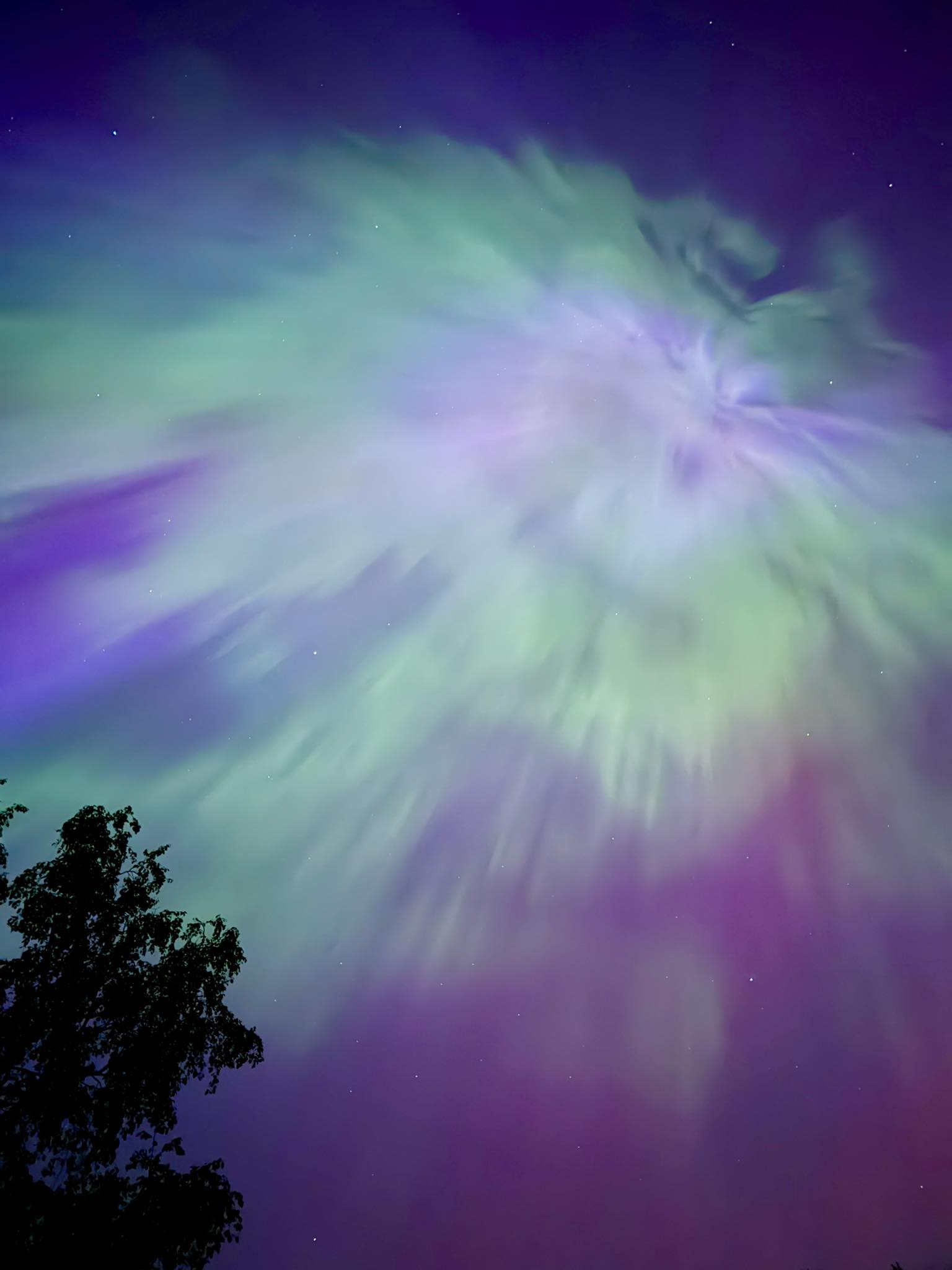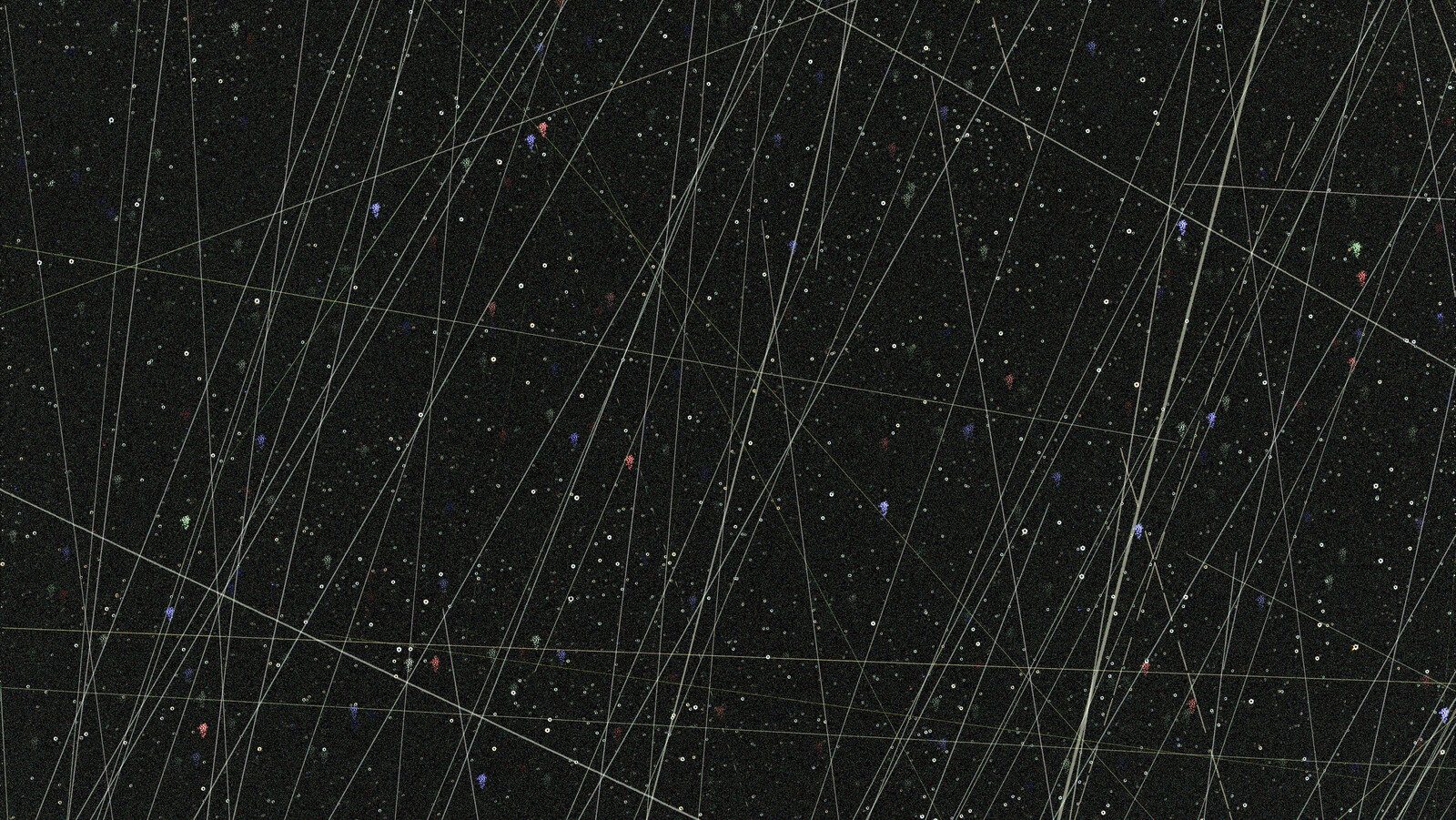Mostly Mute Monday: Terrific Tails, For A Time
The unique sight of a comet only scratches the surface of an amazing story.
“Without any doubt, the regularity which astronomy shows us in the movements of the comets takes place in all phenomena. The trajectory of a simple molecule of air or vapour is regulated in a manner as certain as that of the planetary orbits; the only difference between them is that which is contributed by our ignorance. Probability is relative in part to this ignorance, and in part to our knowledge.” –Pierre-Simon Laplace
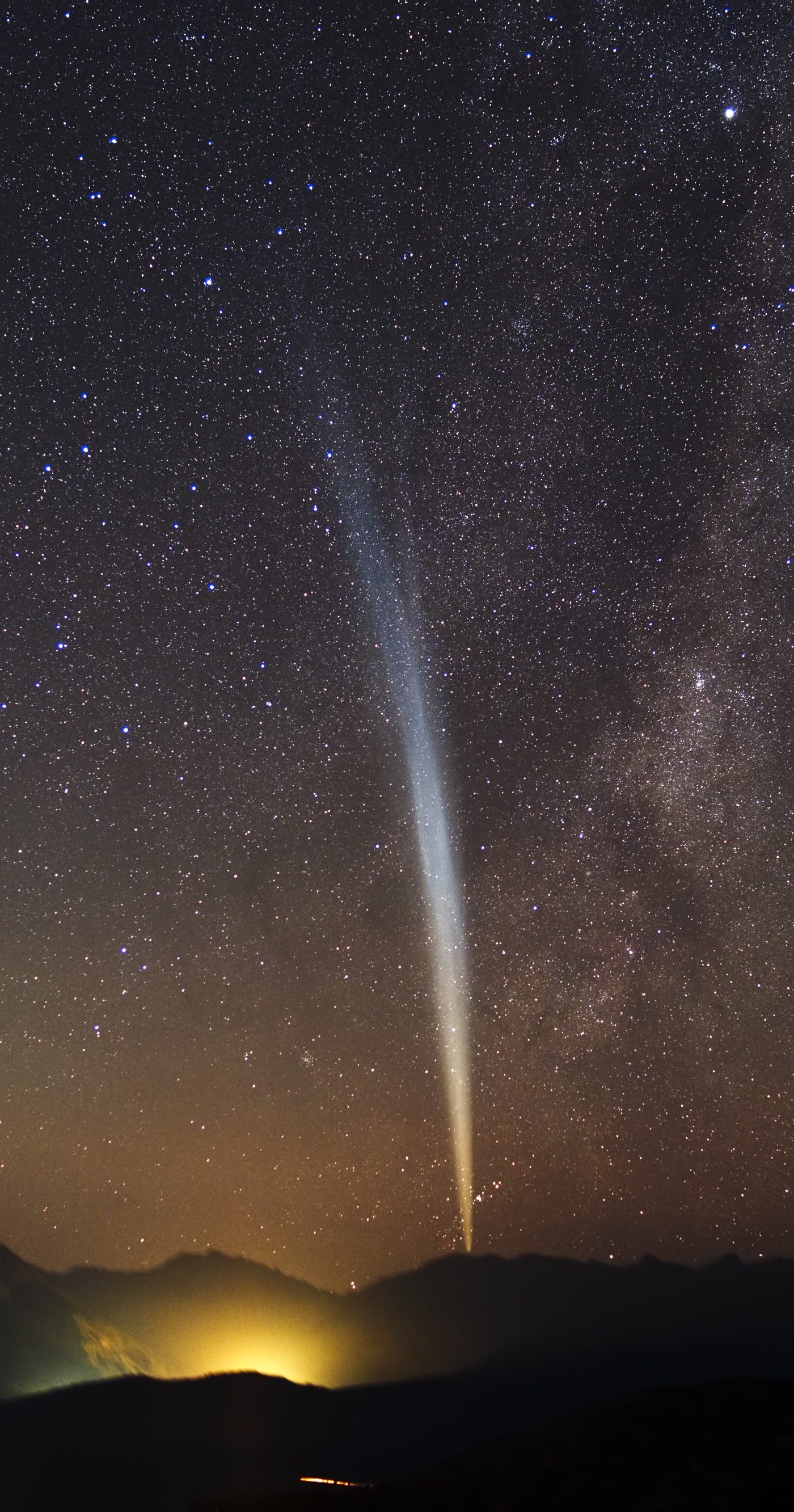
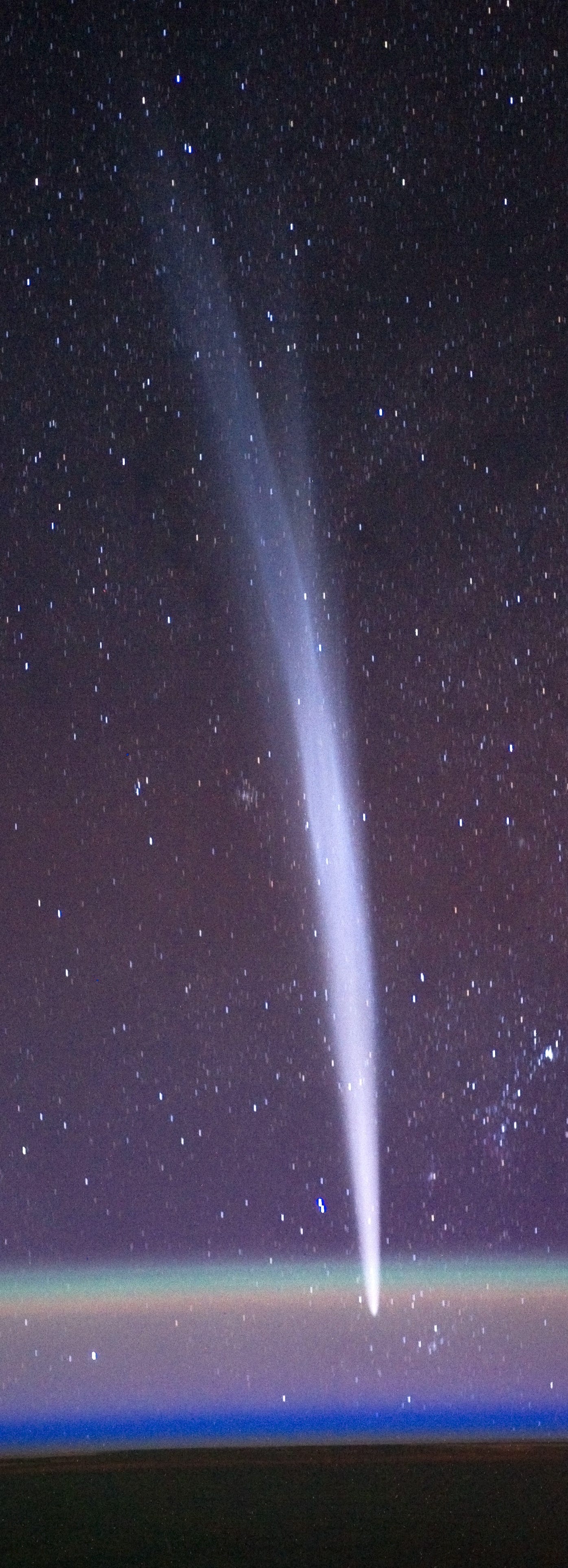

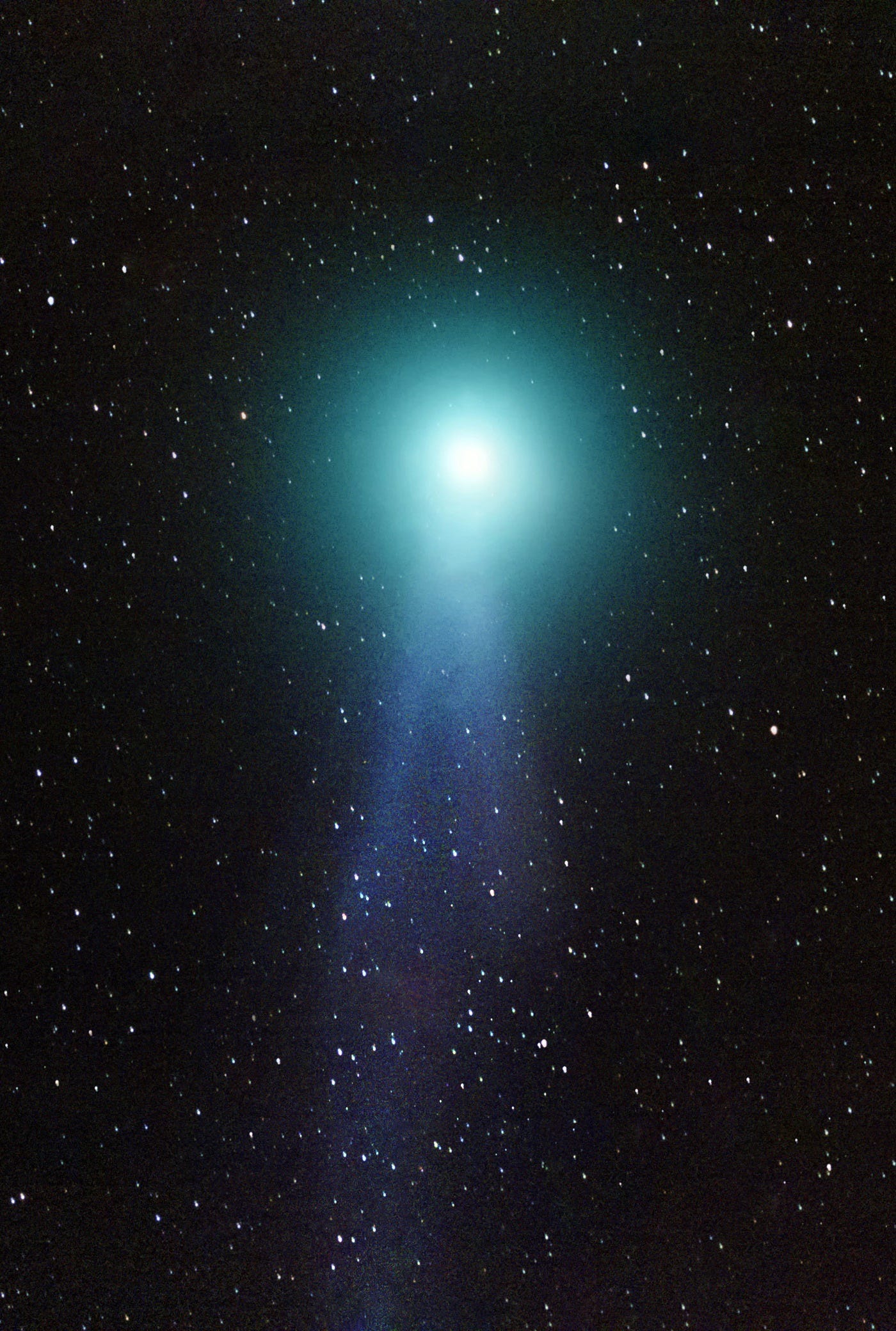
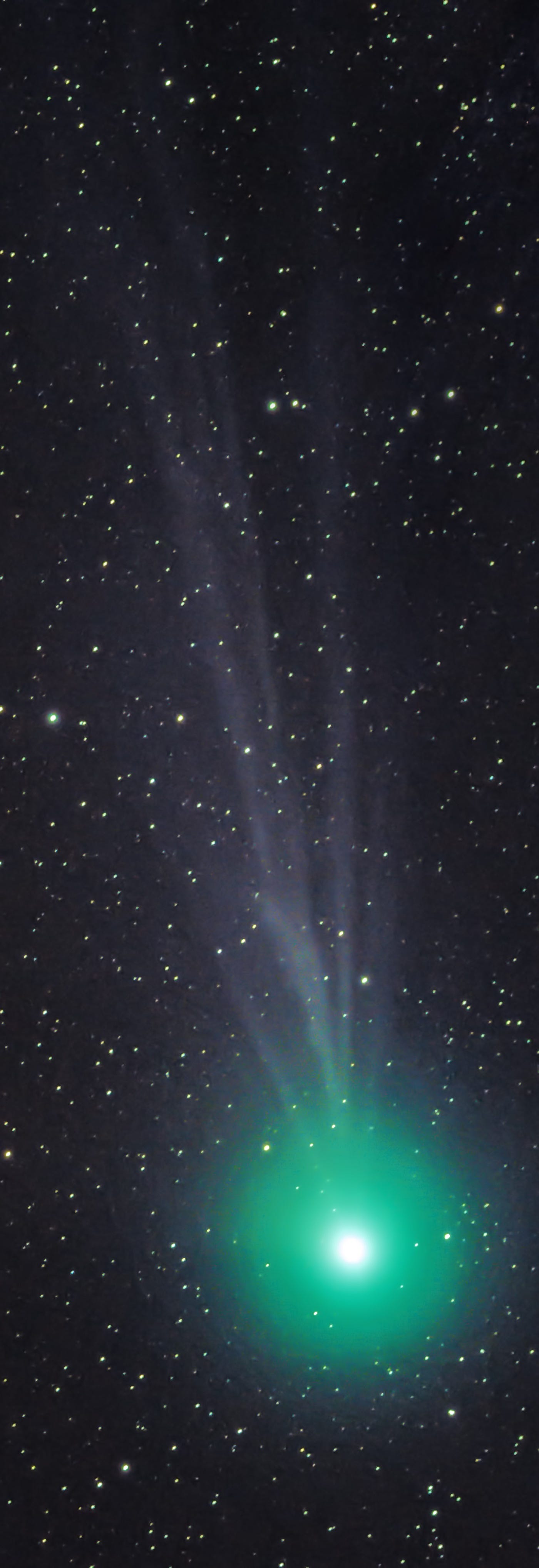
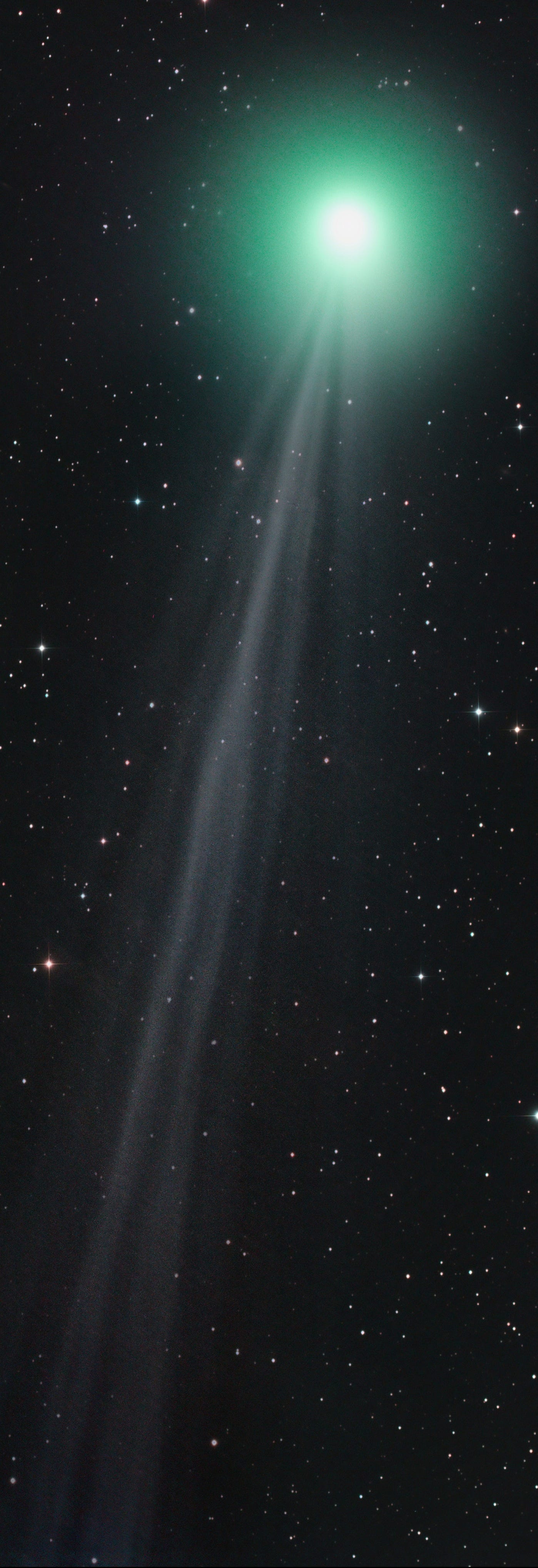
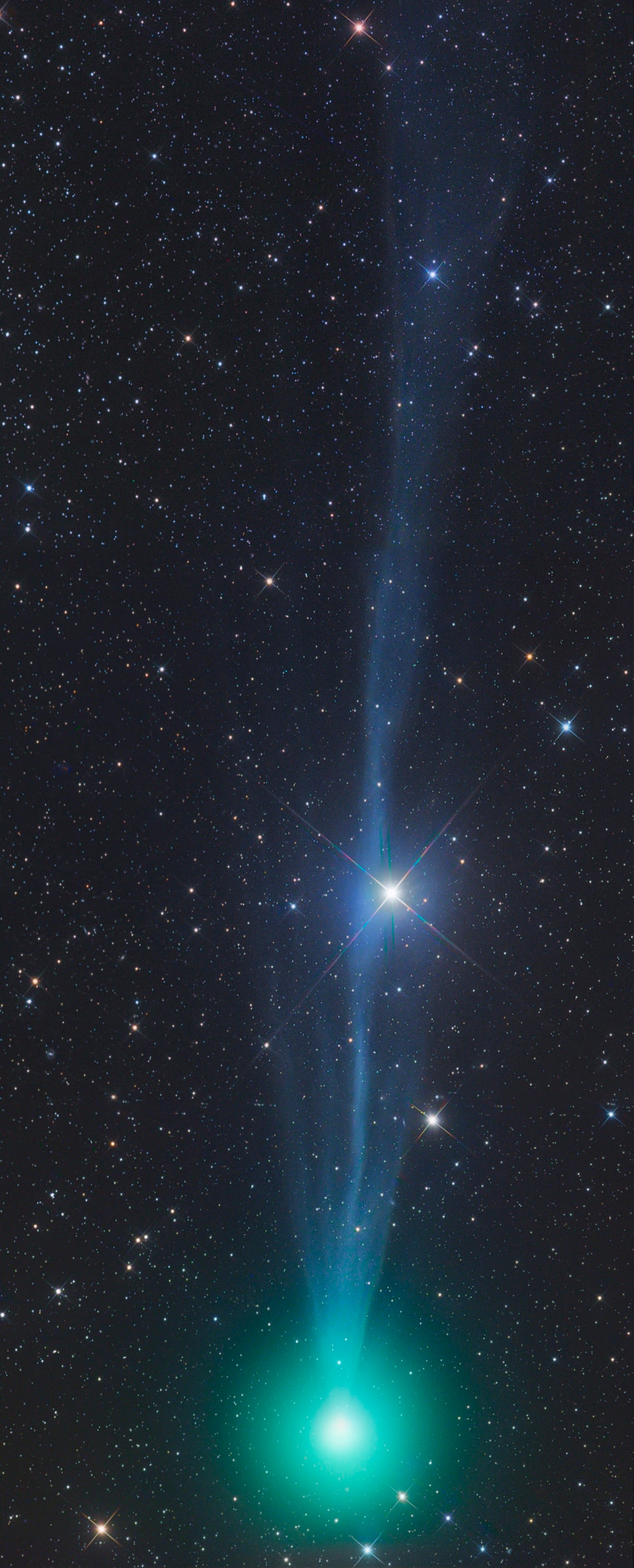
Normally originating from far beyond the last planet in our Solar System, comets are mostly icy worlds, hurled inwards, towards the Sun by repeated gravitational interactions with other large masses such as Neptune, passing stars or other Oort cloud objects. As the comet nears the Sun in its orbit, the increased solar radiation vaporizes the ices on its surface, causing ionization, surface disintegration and the development of cometary tails. As it approaches perihelion, its speed increases from just a few km/s all the way up to many hundreds, with the longest tails extending for distances of 500 million kilometers. The various colors come from atomic transitions of various atoms and molecules, such as the green coma coming from the excited diatomic carbon molecule and blue coming from cyanogen.
The gravitational interactions of each comet with various planets tends to change its orbit over time, with the orbit of comet C/2014 Q2 (Lovejoy), shown primarily here, changing from an 11,000 year period to an 8,000 year one due to this most recent pass through our Solar System. Comets are named for their discover(s), as C/2014 Q2 is the fifth (and likely, not the last) discovery of Terry Lovejoy.

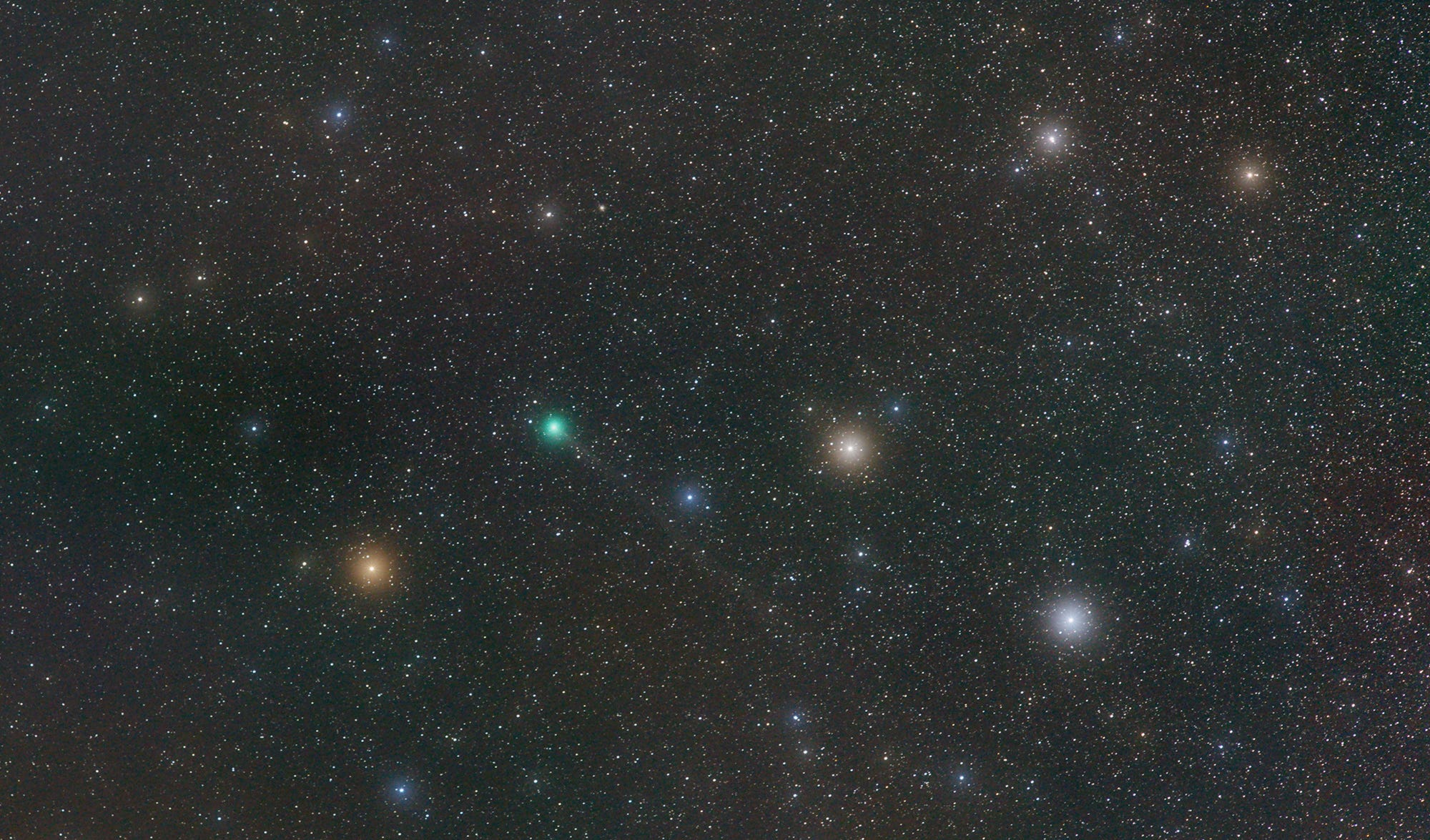
Mostly Mute Monday shares the story of an astronomical phenomenon in pictures and images, with no more than 200 words to describe it.
Leave your comments at the Starts With A Bang forum on Scienceblogs.

